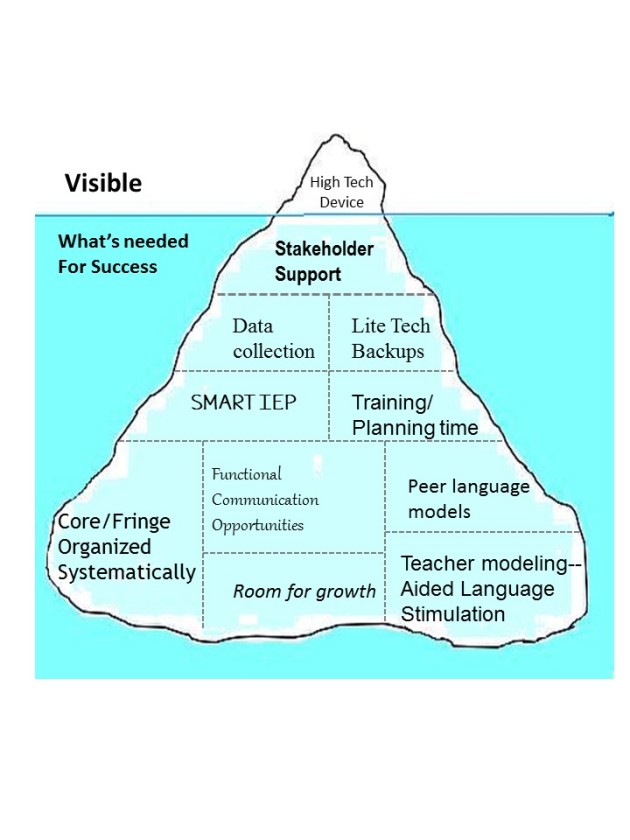Well…it’s that time again. All of my colleagues in Chapel Hill are preparing their classrooms and offices for the start of another school year. I write this with a heavy heart because I will not be joining them.
Over the summer, my little family and I packed up and moved to Michigan. We wanted to be closer to family for our baby and a job opportunity came up that was too good to pass by.
I am now a SLP specializing in AAC in outpatient pediatrics at the University of Michigan Hospital System.
It hasn’t been an easy switch. I feel like a CF again! In NC, I had all of the processes and paperwork down. In MI, I feel like I’m starting from scratch. It’s been quite the learning curve figuring out insurance and how to navigate such a huge system. Everyone says it will get better.
I’ve been there for less than a month and I’ve already gotten my hands on some pretty cool devices. I’m learning how to program a lot of different systems and navigate insurance funding. On Wednesday, I had two separate families ask me if I knew of Dr. Karen Erickson. They were thrilled to know that I actually do know her and had the distinct pleasure of working with her in the schools.
I miss NC like crazy, but I’m trying to stay open to the possibilities that UofM has to offer. I can already tell that I’m a better clinician after this move.
Who knows what’s next?
For now, I’m going to try not to mess up the documentation too bad, enjoy treating a broad range of patients, and focus on my AAC eval and treatment skills.
Good luck to the staff and students returning to CHCC this fall!
“I’m going to Carolina in my mind…”

